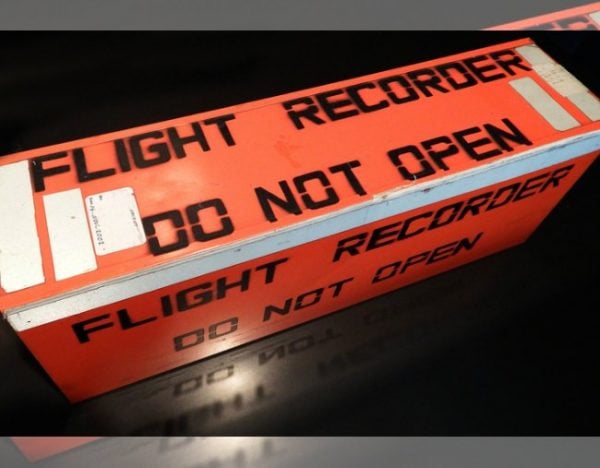Have you ever raised your window blind and wondered about the ‘No Step’ sign on the wing? Who in their right mind would be standing on the wing anyway? And why do we always have to raise the window blind before landing? The travel pros at Skyscanner Australia is curious, too, so they helped us dig deep to find the answers to some of travel’s most perplexing questions.
Is the Black Box flight recorder really black?
In a word, no. It’s actually a bright reddish orange so that it’s easy to spot amongst crash debris. Invented by Australian scientist David Warren in 1953, the installation of black box flight recorders changed air accident investigations forever.

It’s possible the seed for Warren’s invention was when as a nine year old boy he lost his father to a Bass Strait air crash. 70 years later at his own funeral, Warren’s casket bore the label ‘Flight Recorder Inventor. Do Not Open.’





























































































